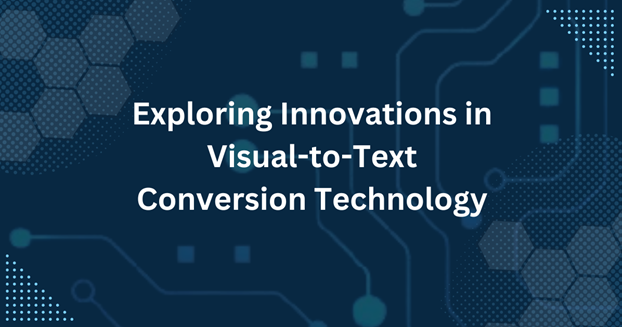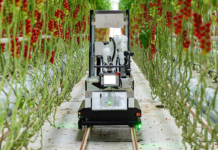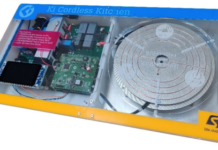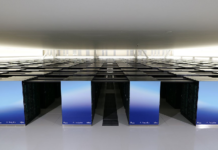
Visual to Text conversion is something that you might not have heard before. However, it is a technology that is being implemented on a fairly large scale. It has multiple useful applications that help people from various fields.
In this post, we will uncover different innovations related to this technology. We will inform you about modern tools and technologies that are used today. You can also think of it as a sneak peek into the future.
To start this off, we will explain the evolution of this conversion process to you. This will give you an idea of where it originated and how far it has come.
Evolution of Visual to Text Conversion
The need for converting images or visuals into text has been there for a long time. Ever since images started showcasing critical textual information, the need for this conversion has increased. These images may be infographics, simple images with text, etc.

In the beginning, these images were converted using manual transcription. This means that people had to look at the images and type the text present inside them. This would take hours and even days if multiple images needed to be converted.
With technological advancements, new tools were invented that could (in simple words) convert jpg to word. These tools evolved into the OCR utilities that we use today. OCR means optical character recognition. It works in the backend of image to text converting tools. This is what helps the tools understand the image-embedded text.
Now, instead of manual transcription, you can convert images into text in seconds using the relevant tools.
Understanding OCR and JPG to Text Conversion
To understand visual to text conversion, you first have to understand OCR. Optical Character Recognition is the main force behind this conversion process. We will take you through some steps that show how this technology extracts text from images.
- First, an image is inserted into a JPG to word converter.
- This tool undergoes various processing phases. If the image is not scanned, it is converted into a high-contrast black-and-white scanned copy.
- After that, the text characters in the image are matched with the characters in the tool’s database.
- The closest matching character is extracted and shown in an editable form.
Users can collect the results as they see fit. In the above-explained process, the recognition of image-embedded characters is done with the help of OCR. In this way, the main function of OCR is to help text-extracting tools perform their task.
Innovations in Visual to Text Conversion Technology
What we explained in the previous section was the basic representation of how the text extraction or image to text technology works. In the modern age, there have been many advancements and improvements in this. New technologies have been integrated into this conversion.

We will share some of them with you here.
1. Natural Language Processing
Some tools now understand the text that is present inside images In other words, the tools not only identify text characters but understand the meaning of what’s written inside. This is possible due to NLP incorporation. This innovative technology has revolutionized the image to text conversion industry.
2. Artificial Intelligence
Technically speaking, NLP is a branch or type of AI. But AI has affected the image to text conversion in more ways than just that. If we analyze overall, AI has generally enhanced the quality and accuracy of text extraction. So, this is something else that has improved the conversion over time.
3. AR and VR
Augmented and Virtual reality is something else that has emerged as a result of image to text conversion. Of course, these are much more advanced models of this technology, but still, the base idea of these is image to text conversion. AR and VR use OCR and various other innovative technologies to provide mind-blowing results.
Conclusion
In short, the visual to text conversion technology is an ever-growing idea. It is improving or advancing constantly. It has applications in various professional as well as non-professional fields of life. If you get a chance to harness the potential of this technology at any point, you should grab it.


















